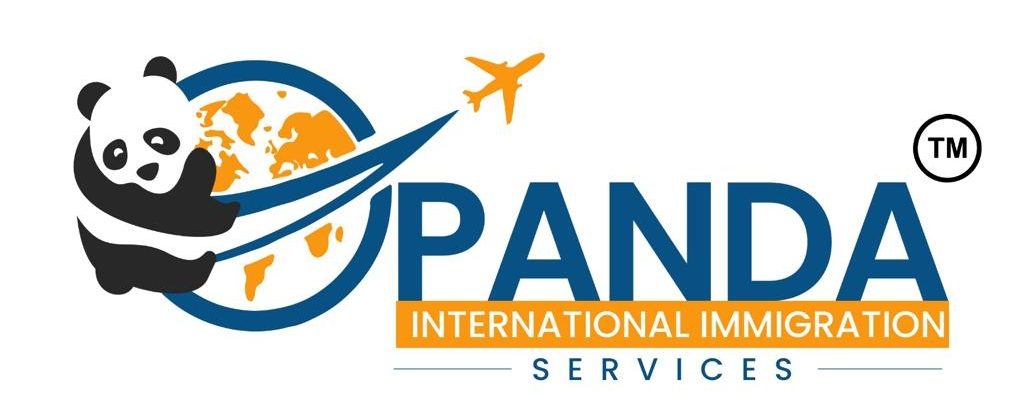Why are international boarding schools opening campuses in India?
International boarding schools like Wellington College, Harrow, Shrewsberry and UWC are rapidly becoming part of India’s education landscape.
While China used to be the hub for international schools, in 2021, it banned foreign curricula and restricted ownership of K-9 private schools, leading international schools to look at India as an alternative market.
Additionally, Indian families increasingly seek world-class education and institutions that align with global standards. This trend is particularly evident among the rising middle class. According to a survey by PRICE, the Indian middle class, with an annual income of Rs 5-30 lakh, more than doubled from 14% in 2004-05 to 31% in 2022 and is projected to rise to 63% by 2047, giving Indians the financial power to seek a better education.
Furthermore, the Indian government’s introduction of reforms like the UGC’s draft regulations allowing foreign universities to set up campuses in India further supports this trend.
What makes international boarding schools attractive
International boarding schools in India offer global curricula like International Baccalaureate (IB) and Cambridge International Examinations (CIE), fostering critical thinking and problem-solving skills for higher education abroad. They also prioritise holistic development through extracurricular activities to support intellectual, physical, and emotional growth. For example, Harrow International Bengaluru’s Super-Curriculum encourages students to learn beyond what exams measure.
These schools create an international environment integrating Indian culture, allowing students to expand their global perspective while staying connected to their heritage. For example, Shrewsberry International School India, launching in 2025, will follow the ethos of its parent campus in the UK but will combine the spiritual values and respect for learning in Indian society.
Beyond academics, international boarding schools encourage students to participate in extracurricular activities like sports, arts, and community service, fostering physical, emotional, and social development. For instance, leadership and personal growth are the cornerstones at Wellington College International.
Additionally, international boarding schools provide opportunities previously accessible only abroad. For example, UWC students benefit from a diverse classroom with peers from over 60 countries.
Challenges facing international boarding schools in India
International boarding schools in India face significant cost challenges due to the high expenses of providing quality education, like sourcing international faculty. Despite lowering their fees, these schools are costlier than local boarding schools. For example, Harrow International School in Bengaluru charges Rs 22 lakh per annum, and Wellington College International’s fees range between Rs 6 lakhs and Rs 14 lakhs annually.
Localisation is another challenge for international schools in India, as they must balance international standards with local requirements, such as teaching Hindi and other Indian languages as mandated by the Indian government. For instance, Wellington College International had to modify its recruitment strategy to include bilingual teachers to comply with Maharashtra’s mandate to offer Marathi as a subject.
Moreover, the leading 20-30 Indian boarding schools, which combine national and international curricula or have dedicated international divisions, present stiff competition to International schools. Notable examples include Woodstock International School, Kodaikanal International School, and The Doon School.
Future outlook
Despite the challenges, the future of international boarding schools in India appears promising. The presence of such schools can create jobs, attract expatriate families, and stimulate local economies. The Global Schools Foundation’s investment in India, including a $550 million project in Bengaluru, is a testament to the economic potential of setting up schools in India.
Such investments boost local economies and enhance India’s reputation as an education hub. As more schools open, they will likely drive further innovation in education. New teaching and learning approaches, flexible curricula, technology use, sustainability, and global citizenship emphasis will offer students the best of international standards with local relevance.
The post The rise of India’s international boarding schools: exploring the opportunities and challenges appeared first on The PIE News.

